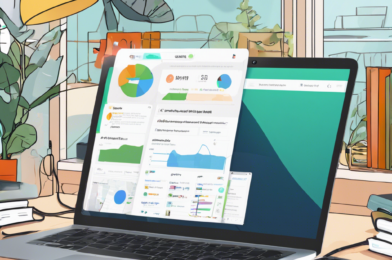Productivity methods come and go, but one technique that has stood the test of time is the Pomodoro Technique. This simple yet effective time management strategy involves working in focused, 25-minute bursts, known as “Pomodoro sprints,” followed by short breaks to recharge and refocus.
The technique was developed by Francesco Cirillo in the late 1980s and has since become a popular productivity hack for individuals and teams alike. The concept is simple: set a timer for 25 minutes and focus solely on one task during that time. Eliminate all distractions, turn off notifications, and immerse yourself completely in the task at hand. Once the timer goes off, take a short break of 5–10 minutes to stretch, relax, and prepare for the next sprint.
This method is particularly effective for knowledge workers who need to juggle multiple tasks and maintain focus throughout the day. By breaking down your workday into manageable chunks, you can stay sharp and avoid mental fatigue. The short breaks in between sprints provide an opportunity to step away from the screen, refresh your mind, and return to your task with renewed energy and focus.
One of the biggest benefits of the Pomodoro Technique is its flexibility. You can customize it to fit your unique workflow and schedule. For example, if you’re tackling a particularly complex task, you might choose to work in longer sprints of 50 minutes, followed by a longer break of 15–20 minutes. Alternatively, you can use the short breaks to tend to small tasks or errands, such as responding to emails or taking a short walk to boost your energy levels.
Additionally, the Pomodoro Technique helps to improve your ability to estimate time more accurately. By consistently working in fixed bursts of time, you develop a better sense of how long tasks will take, allowing you to plan your schedule more efficiently and avoid overloading yourself with unrealistic expectations.
To make the most of the Pomodoro Technique, it’s essential to create an environment that supports focused work. This means eliminating potential distractions before starting your sprint. Turn off notifications, close unnecessary browser tabs, and inform your colleagues or family members that you need uninterrupted time to focus.
While 25 minutes might not seem like a significant amount of time, the cumulative effects of consistently applying the Pomodoro Technique can lead to remarkable improvements in productivity and focus. Over time, you may find that you’re able to accomplish more in a shorter period, leaving you with more time for rest, relaxation, and pursuing your passions outside of work.
So, if you’re looking for a way to boost your focus and productivity, why not give the Pomodoro Technique a try? Set that timer, immerse yourself in the task at hand, and experience the power of focused work sprints. You might just be surprised at how much you can accomplish in a mere 25 minutes. Embrace the challenge and enjoy the productivity boost!









